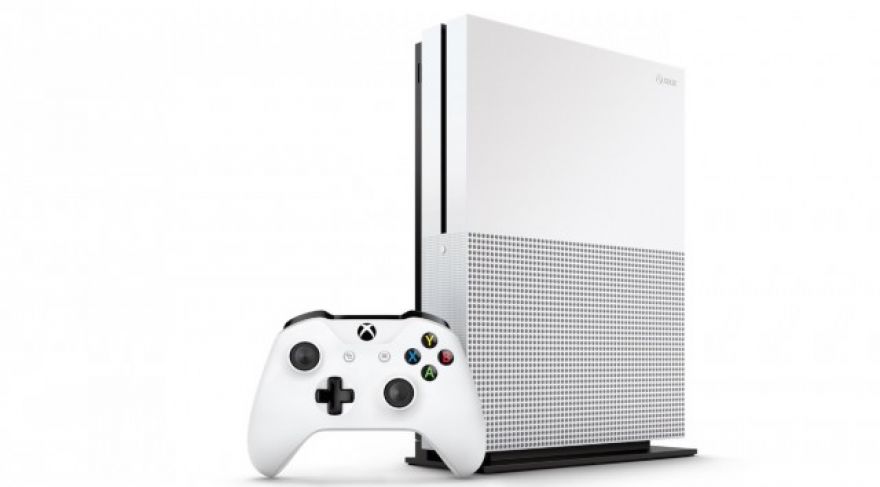
When Microsoft announced the Xbox One S and Xbox Scorpio earlier this year, the company’s strategy raised more than a few eyebrows. While the Xbox One midlife refresh was widely expected, there’s the chance Xbox One S sales will suffer if customers choose to wait for the significantly more powerful , which is currently expected to launch at Christmas, 2017. Now that the refresh has dropped, does the Xbox One S pack enough improvements to justify its purchase? The Xbox One S SoC has been overhauled and is now built on a process at TSMC. Die size has decreased from 363mm2 to 240mm2.

Nanobots have been a hot topic within the miniaturization trend for a long time. Developments in the medical robotics field ranging from tiny experimental robots that can swim through the bloodstream to origami-like creations designed to be swallowed. But one of the more troublesome problems is figuring out how to control microbots once they’re released. That’s where Selman Sakar, Hen-Wei Huang and Bradley Nelson come in. These researchers have invented a new type of microbot that might be the beginning of a revolution in how we deliver medication to the body. Scientists at EPFL and ETHZ have developed a new method for building microbots that could be used in the body to deliver drugs and perform other medical operations (Credit: EPFL)
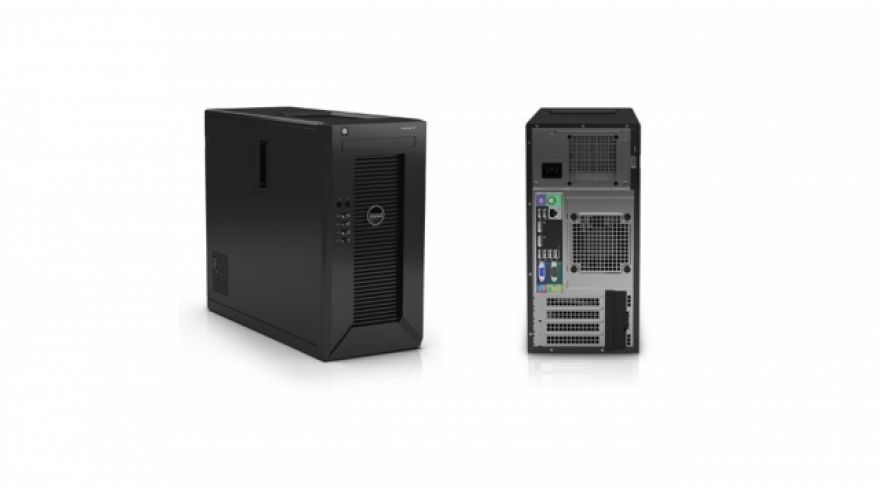
Today, Dell is offering up the PowerEdge T20 tower server at a substantial discount. If you’re in the market for a super-cheap server set-up, you won’t want to let this deal pass you by. Today’s coupon code expires soon though, so don’t wait to get your order in. (List price: $638 — Coupon code: 279T20) (Coupon code: 129T20) Inside, this model features a quad-core 3.2GHz Intel Xeon E3-1225 v3 processor, 4GB of RAM (1600MHz), a 1TB 7200RPM hard drive, and a DVD burner. It doesn’t come with an OS installed, and the specs here are modest, but that certainly won’t be a problem if you’re up for some DIY action.

A new form of carbon capture could solve one of the major problems facing the most efficient versions of the technology: energy. Whether through the direct input of electricity or the use of expensive and delicate catalysts, carbon capture tends to be quite a burden on energy companies, limiting its potential impact without legal requirements. Now, researchers an electrochemical cell that can sequester carbon without the need for expensive catalysts or electrode materials, and it actually generates electricity as it works. An electrochemical cell can be run in two directions: either input electricity to drive a chemical reaction, or use a chemical reaction to produce electricity.
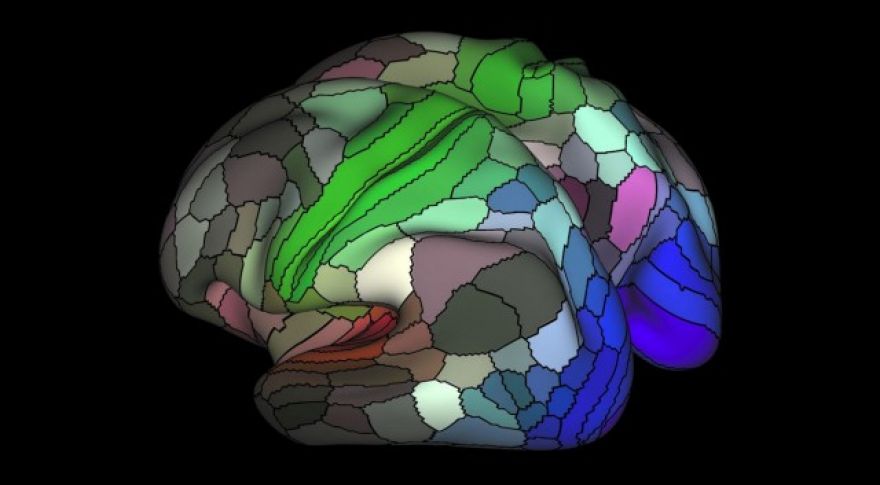
Is the mind an emergent property of the brain, or is it something… else? Cartesian dualism is a polarizing topic, but like many other ideas that we thought were the province of philosophers, we’re getting light shed on it from a surprising source. Researchers from the Human Connectome Project (HCP) have just released our best-ever functional map of the human brain. It’s twice as finely detailed as anything that has come before it — and it’s tiptoeing closer to settling the mind-body problem. As it turns out, the brain as computer analogy has its shortfalls. “The brain is not like a computer that can support any operating system and run any software,” says neuroscientist David Van Essen, Principal Investigator of the Human Connectome Project.
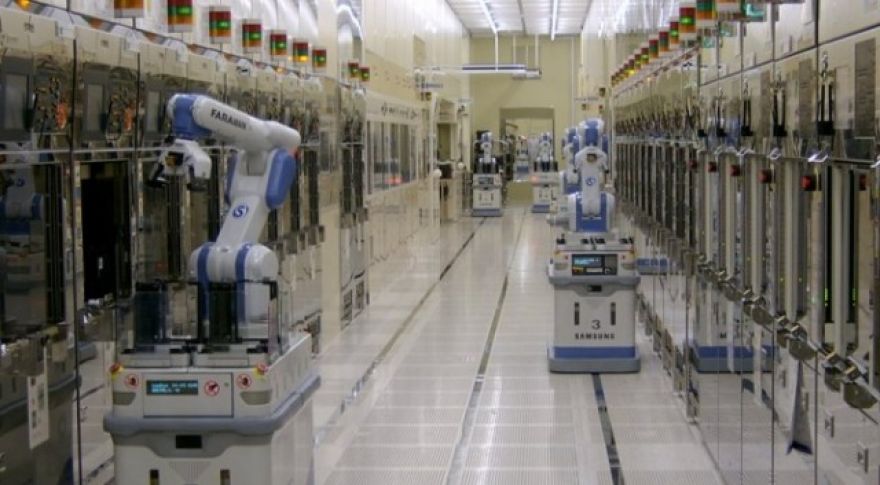
AMD is increasingly coy when it comes to discussing its foundry sourcing; the company’s official stance is that it no longer discloses which hardware is built at GlobalFoundries and which is built at TSMC. Because this information is of significant interest to investors and technology enthusiasts alike, details still tend to leak out around the edges — and AMD recently disclosed it has built hardware directly with Samsung, with a further option to tap the company in the future for product ramps. This news comes from analyst , of Moor Insights and Security. One of the major questions AMD investors raised after the company’s conference call last week was where AMD was building most of its hardware.
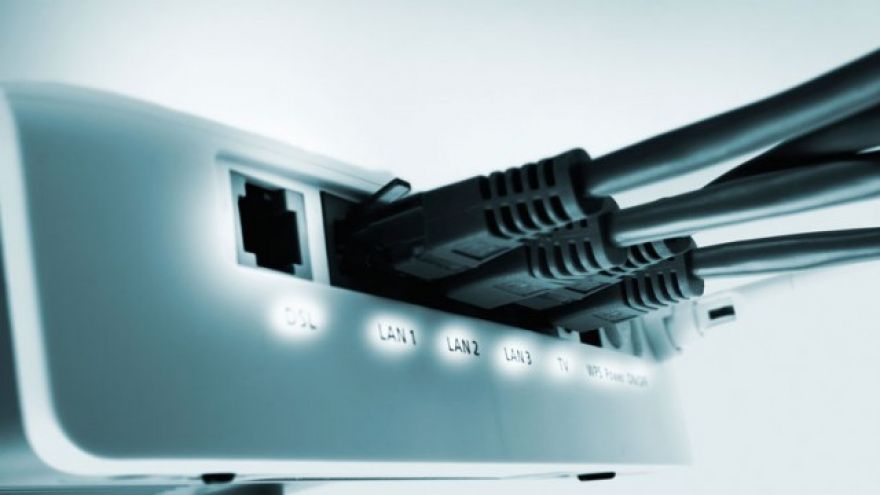
Researchers from MIT and the École Polytechnique Fédérale de Lausanne have come up with a new and secure anonymity network that could prove better than Tor. “The initial use case that we thought of was to do anonymous file-sharing, where the receiving end and sending end don’t know each other,” said Albert Kwon, first author on the report, which will be presented at the Privacy Enhancing Technologies Symposium this month. “The reason is that things like honeypotting are a real issue. But we also studied applications in microblogging, something like Twitter, where you want to anonymously broadcast your messages to everyone.
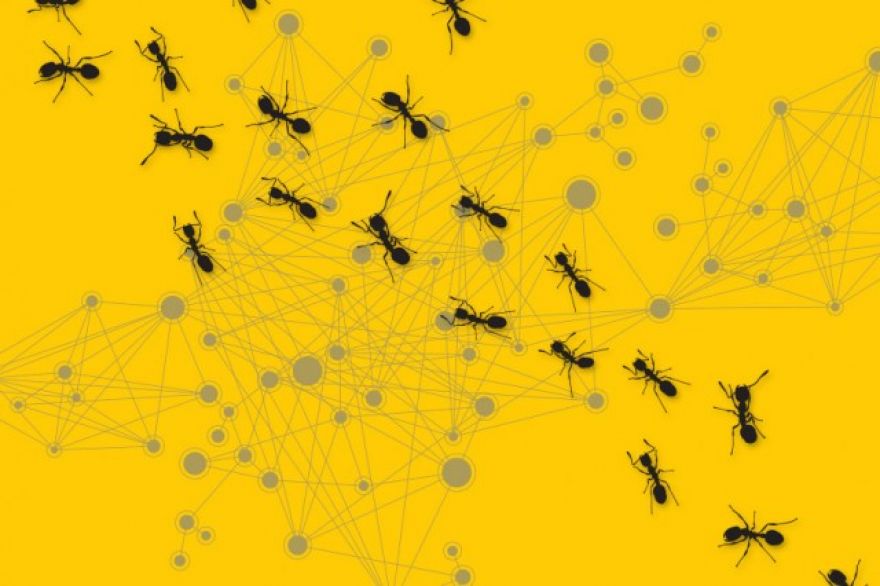
Biologically inspired computing is an emerging field, somewhere between field biology, software engineering, and sci-fi. Among other topics, it delves into how the living world processes information: things like how slime mold can solve a maze, or the way ants vote on the quality of a new nest site, or what kind of things will go viral on a given day on Facebook. Ants, in particular, are really good at quorum sensing, or estimating population density in real time. Now a team of researchers from MIT’s Computer Science and Artificial Intelligence Laboratory has used the way ants do quorum sensing to build .
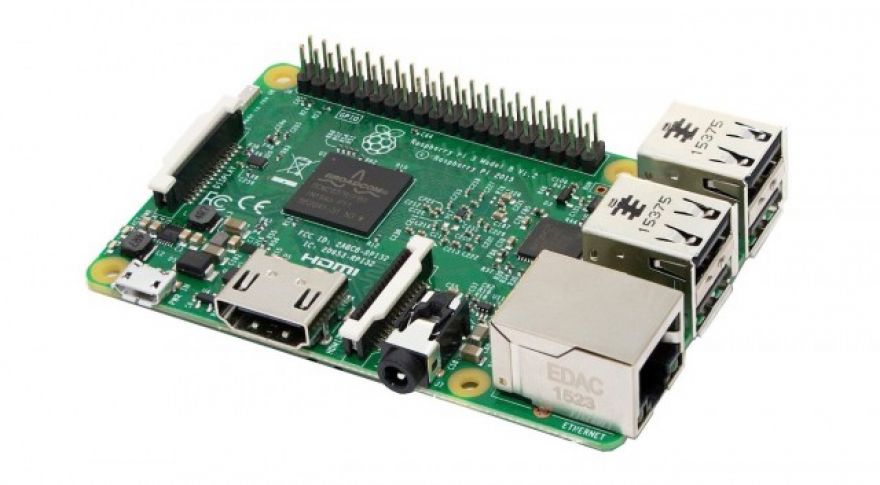
Ever wanted to make your own custom set-top box? What about building your own robot? If those kinds of projects interest you, the best place to start is the Raspberry Pi. This tiny computer is widely supported, extremely flexible, and you can now find it on Amazon with free two-day shipping for Prime members. (Prime eligible) Specs-wise, the Raspberry Pi 3 Model B features a quad-core 1.2GHz ARMv8 CPU, 1GB of RAM, a VideoCore IV 3D graphics core, 4 USB ports, an HDMI port, an ethernet port, a 3.5mm audio jack/composite video combo, a micro SD card slot, 802.11b/g/n WiFi support, Bluetooth 4.1 support, 40 GPIO pins, a camera interface, and a display interface.









